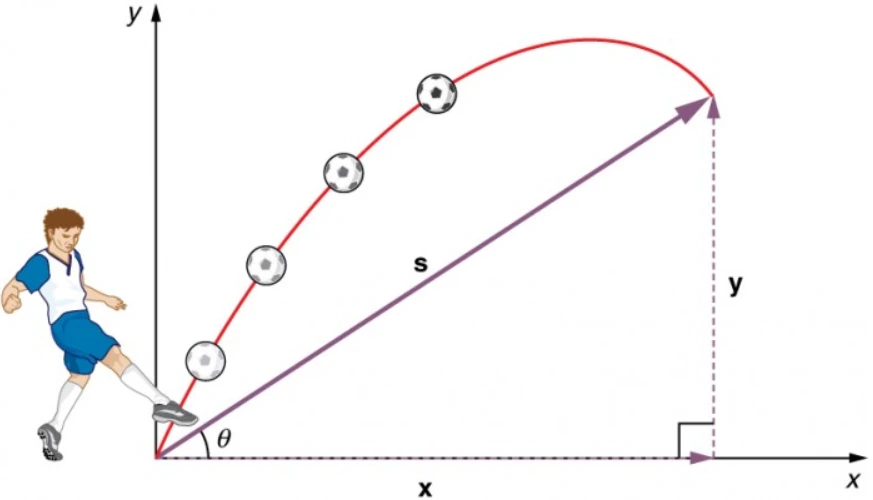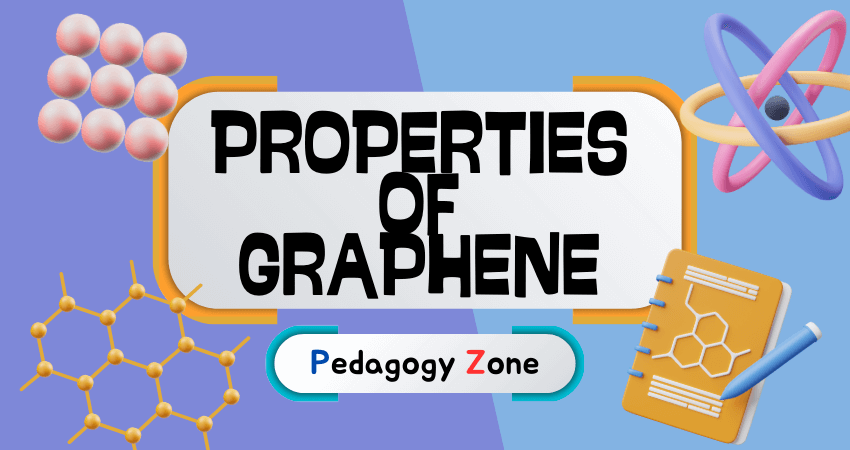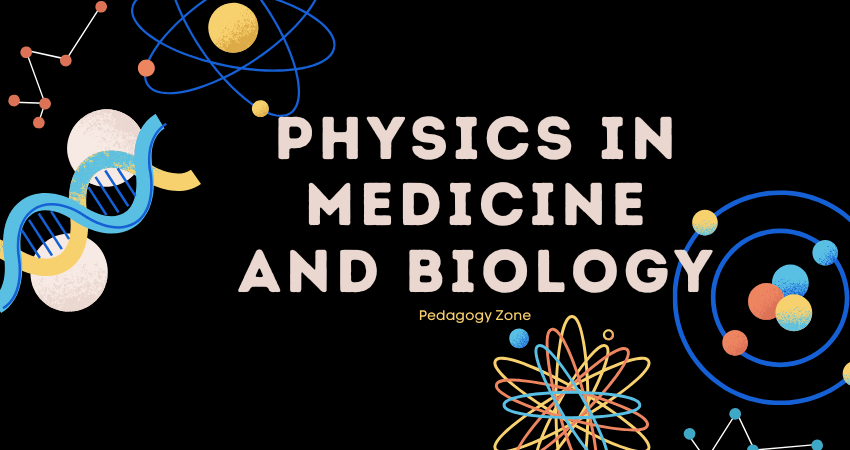The concept of gravity has fascinated humanity for millennia, long before Isaac Newton’s famous apple-inspired revelation. While many credit Newton with the first systematic understanding of gravitational forces, the history of gravity’s discovery is far more complex and spans multiple ancient civilizations.
Ancient Observations and Intuitions
Long before formal scientific explanations, humans intuitively understood that objects fall downward and that there’s an invisible force pulling things towards the earth. However, pinpointing exactly who first conceptualized gravity as a fundamental force is challenging.
Mesopotamian Insights
Some of the earliest recorded observations about gravitational-like phenomena come from Mesopotamian civilizations. Babylonian astronomers, around 1800-1600 BCE, were remarkably advanced in their mathematical calculations of planetary movements. They recognized patterns of celestial motion that suggested an underlying principle governing how objects behave, though they didn’t explicitly define this as “gravity.”
Egyptian Understanding
Ancient Egyptians demonstrated sophisticated knowledge about weight, balance, and gravitational principles through their architectural and engineering achievements. The precise construction of pyramids and their ability to transport massive stone blocks suggests a deep, practical understanding of gravitational forces, even if they couldn’t articulate the scientific theory.
Early Scientific Speculations
Greek Philosophical Contributions
Aristotle, around 350 BCE, proposed early theories about motion and natural place. He suggested that different objects have inherent tendencies – heavy objects move downward, light objects move upward. While not a modern scientific explanation, this was one of the first systematic attempts to understand why things fall.
Archimedes, another Greek thinker, made significant advances in understanding weight and buoyancy. His principle of displacement demonstrated a nuanced comprehension of gravitational effects, particularly in liquids.
Chinese Scientific Observations
Chinese astronomers and philosophers also developed intriguing perspectives on gravitational phenomena. During the Han Dynasty (206 BCE – 220 CE), scholars like Liu Xin were making precise astronomical observations that implied an understanding of consistent gravitational interactions between celestial bodies.
Pre-Brahmagupta Scientific Explorations
Indian Mathematical Traditions
Before Brahmagupta (598-668 CE), Indian mathematicians and astronomers were making remarkable discoveries. The Vedic period (1500-500 BCE) already contained sophisticated mathematical concepts that hinted at understanding gravitational principles.
Aryabhata, who lived around 476-550 CE, developed advanced astronomical models that suggested a comprehensive understanding of planetary motions. His work implied an appreciation of gravitational-like forces decades before Brahmagupta’s more explicit treatments.
Brahmagupta’s Groundbreaking Contributions
Brahmagupta, an Indian mathematician and astronomer, made significant strides in understanding gravitational concepts. In his seminal work “Brahmasphutasiddhanta,” he described gravity more systematically than his predecessors.
He proposed that objects are attracted toward the earth and that planetary bodies have mutual gravitational interactions. Brahmagupta’s insights were revolutionary for his time, presenting a proto-gravitational theory nearly a millennium before Newton.
Key Observations by Brahmagupta
Terrestrial Attraction: He recognized that objects are pulled towards the earth’s center.
Planetary Interactions: Brahmagupta understood that celestial bodies influence each other’s movements.
Mathematical Modeling: He developed sophisticated mathematical techniques to calculate planetary positions.
Global Perspectives on Gravitational Understanding
Different civilizations developed unique perspectives on gravitational phenomena:
- Mayans created complex astronomical calendars suggesting advanced gravitational intuitions
- Persian astronomers like Al-Biruni made precise calculations about planetary motions
- Chinese scholars developed intricate models of celestial mechanics
The Long Road to Modern Understanding
The journey to comprehending gravity was incremental. Each civilization contributed fragments of understanding that would eventually culminate in Newton’s comprehensive gravitational theory in the late 17th century.
Key Milestones
- Intuitive observations of falling objects
- Mathematical modeling of celestial movements
- Systematic documentation of gravitational effects
- Philosophical and scientific speculation
- Precise astronomical calculations
A Collaborative Human Achievement
Discovering gravity wasn’t a singular moment but a collective human endeavor spanning thousands of years. From Mesopotamian astronomers to Indian mathematicians like Brahmagupta, countless minds contributed to our understanding of this fundamental force.
While Newton is often credited with “discovering” gravity, the reality is far more nuanced. Gravity’s comprehension is a testament to human curiosity, mathematical prowess, and our relentless quest to understand the fundamental principles governing our universe.
The story of gravity reminds us that scientific knowledge is a collaborative, cross-cultural journey – one where each civilization adds its unique perspective to our collective understanding.
Who Discovered Gravity Before Newton?
Before Newton formalized gravitational theory, several ancient scholars recognized gravity’s effects. Aristotle proposed that objects have natural places they seek, with heavy objects moving toward Earth’s center. Indian mathematician Brahmagupta described gravity as an attractive force in the 7th century. In the Islamic Golden Age, scholars like al-Biruni and al-Khazini made observations about weight varying with distance from Earth’s center, laying groundwork for gravitational concepts centuries before Newton’s formal laws.
| Read More Topics |
| Thermodynamics cheat sheet |
| Who is the father of quantum mechanics? |
| Quantum physics for beginners |






